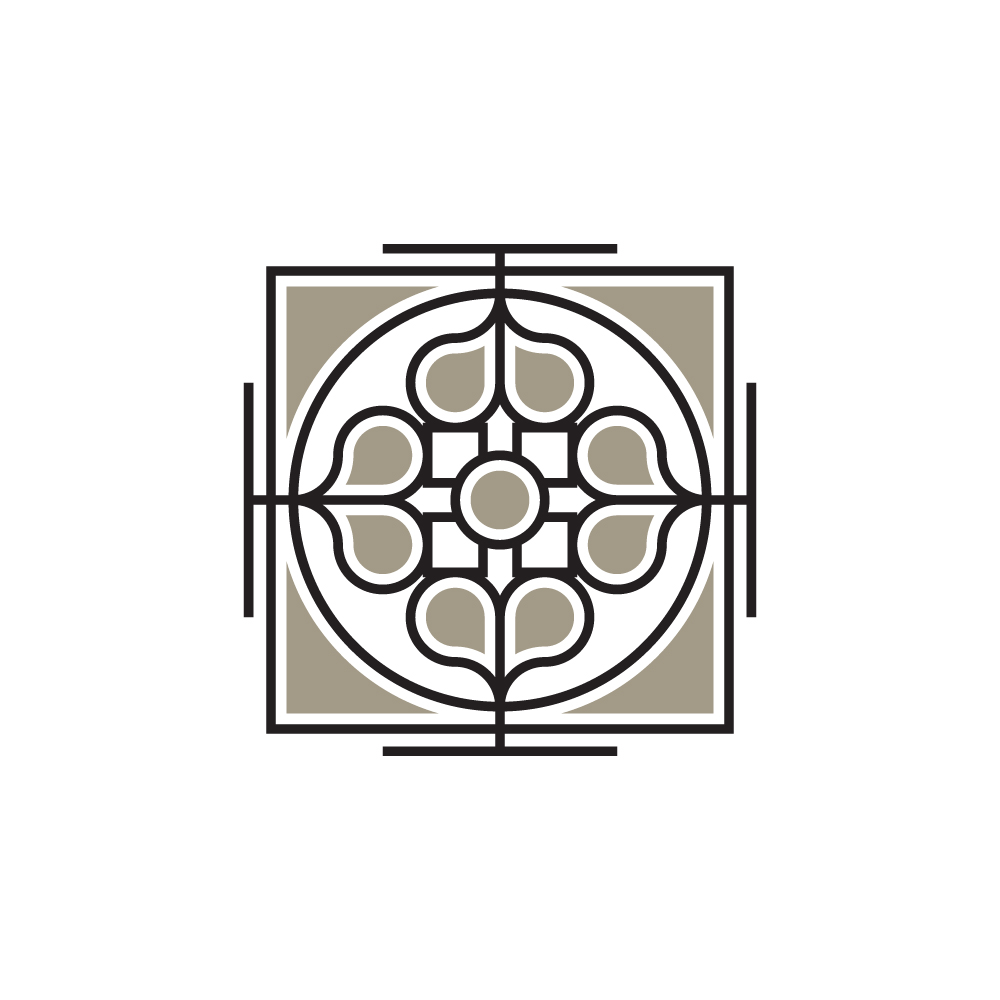

The philosophy of Qi Gong
As we enter what is known as “Good Autumn” in the Woi Worrung lore of this land described as the days where the day is split exactly in half by day and night, the colder, still and misty mornings, funghi and rain have returned, and the birds commence their migration to warmer places until the Spring. Around us our natural environment begins a state of stillness where the plants do not grow but instead die back to conserve energy and nourish the soil in preparation for the next spring and summer; it poses the reflection; “what part of me is reflected in my natural world around me?”
In Daoist philosophy which underpins Traditional Chinese Medicine it is believed the we are a microcosm; a minute version or micro-reflection of the macrocosm which is the world around us, and to a greater extent, the cosmic universe. One of Daoism’s core teachings is to seek balance and equilibrium; To live in harmony with the world outside of us and to create harmony in world within in us; when we do not live by this law of nature disease occurs. The cool change, increased silence and longer nights of our external environment can remind us of the seasons within us and prompt us to enter a state of quieter, more introspective and restorative times that ask us to pay attention to the subtleties around us and stir internal inquiry; to take up passtimes that can nourish us and keep our inner heat alive during the bleaker weather. Early Chinese Medical scholars knew the importance of movement to strengthen, tonify and provide longevity to our body without forgetting to marry this with our internal world and created a technique that simultaneously purifies and tonifies the body and the spirit; Qi Gong.
In Traditional Chinese Medicine the five pillars of health are;
- Acupuncture
- Herbalism
- Massage
- Nutrition, and lastly;
- Qi Gong.
Qi Gong, translated as “energy work,” revitalizes the body by addressing stagnancy, purifying organs, and fostering new energy for the mind and body through movement, meditation, breathwork, and visualization.
Visualization plays a crucial role in Qi Gong practice, helping to break down the barrier between the visible and invisible realms. In Daoism, which views everything as energy differing in density, the primary question is about the configuration of this energy—whether it’s densely configured (forming solid entities like humans, plants, or animals) or less densely (air particles).
Working with Qi or energy through meditation, conscious movement, and visualization can significantly enhance our sensitivity. This approach enables us to perceive and navigate the world around us, dissolve the perceived barriers of the universe, gain insight into our internal processes, and access more energy aand vitality in every day life. Through gentle, safe, and intentional movements, Qi Gong helps stretch and strengthen our muscles, tendons, and ligaments, supporting overall health and well-being.
One of the simplest, preliminary Qi Gong practices can be done seated and creating an “Qi ball”.
We can commence seated in a comfortable sitting position and practice deep breathing into the Dan Tien (the lower half of the abdomen beneath the belly button) if we sit and close down the eyes and place the palms of the hands together as if we are holding or protecting a small invisble ball or blue flame/light between the two hands. With time; the sensation of heat will build up between the hands; this is qi. Once feeling comfortable expand the hands but still as we are sculpting a ball of energetic clay to create a perfect orb.
Once we can feel the orb perfected; strong, burning brightly and fiercly we can begin to move the qi ball around us, raising our hands over our head and coating ourselves in this cultivated and concentrated energy.
This is one of the fundamental practices in feeling and connecting with energy in Qi Gong and can be applied at any time to create moments of stillness, tap into the infinite pool of energy in the universe and offer us an oppurtunity to connect with the world around us and within us. From this onward, we can incorporate specific movement sequences. Qi Gong is practiced year round; better in the morning and after food and water to generate Qi production rather than using our own supply.
*It should be noted that if commencing a Qi Gong practice to do so with a practitioner; either online or in person and to be mindful of the level of the practice.
Written By DCNMC’S Massage therapist Ivana.
